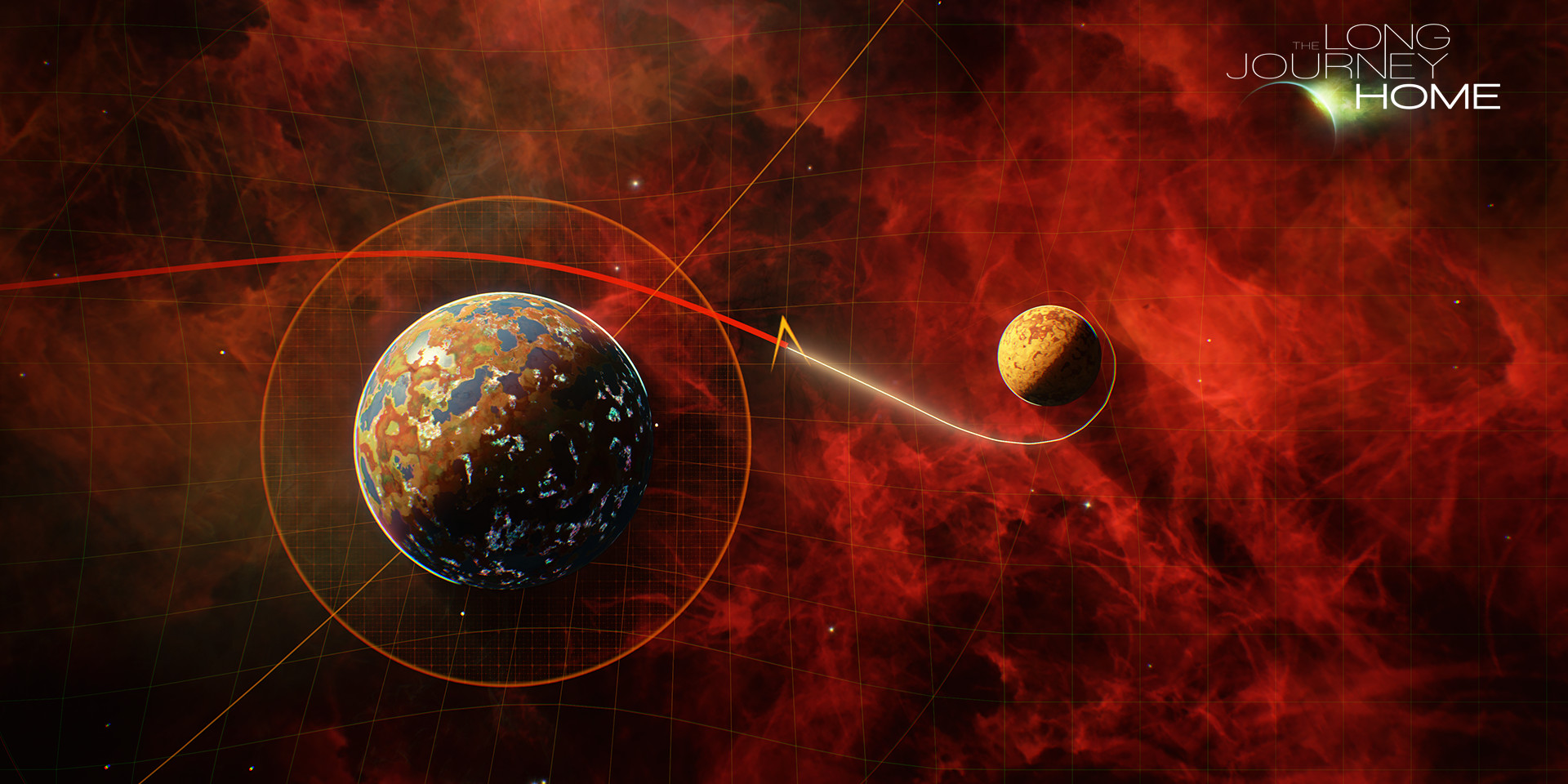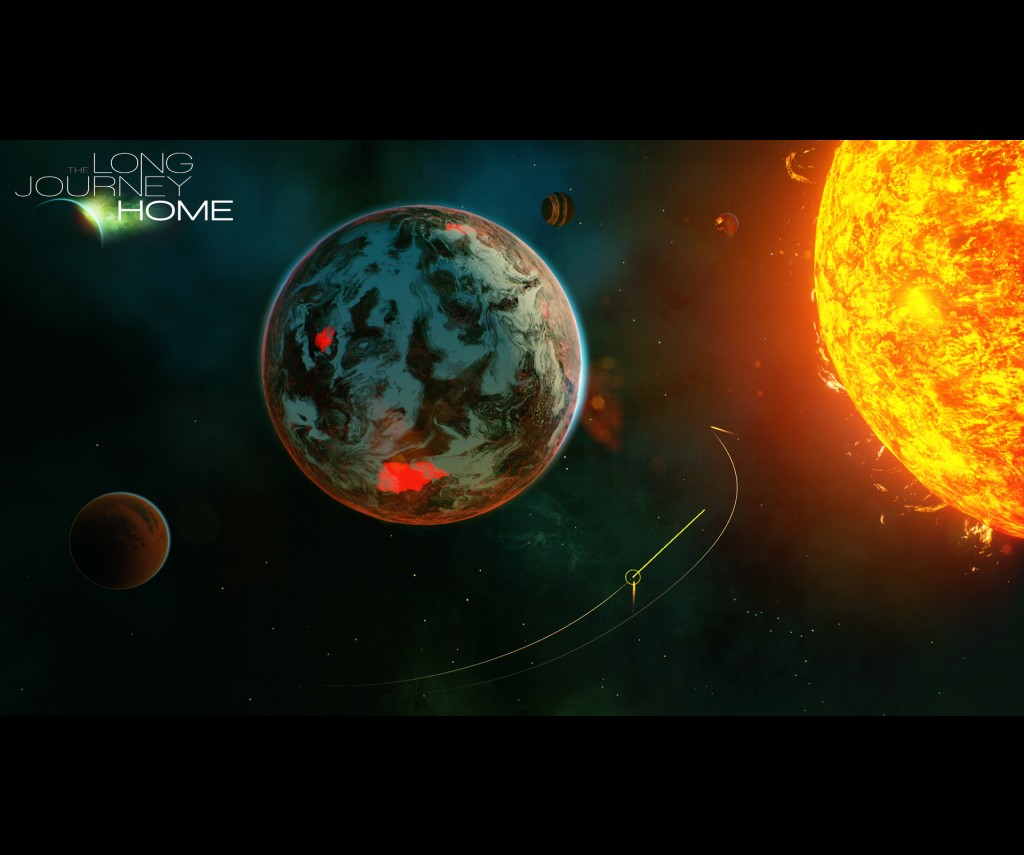
Humans have only been traveling to space for a short time relative to our existence, but we’ve been pushing the boundaries of exploration for thousands of years-and we will no doubt continue to do so despite the risks.


If anything interrupted the mission’s food supply, they’d quickly run out of alternatives.īut no space agency has an official policy on Martian cannibalism-yet. Mars boasts a landscape so barren and dead, it would put the frozen mountains that drove the famous Donner party to cannibalism to shame. One says even though we owe the body an enormous amount of respect, life is primary, and if the only way one could possibly survive would be to eat a body, it’s acceptable but not desirable.” “There are two kinds of approaches to it. Wolpe says the school of thought on cannibalism for survival is split. We can’t draw straws to see who we’re going to kill to eat, but there are many times when we’ve considered people heroes who jump on the grenade to save their buddies.” “People have committed suicide to save others, and in fact religiously that’s totally acceptable. “That’s a time-honored tradition,” says bioethicist Paul Wolpe. While extreme, the crew’s plan to commit suicide so one member could save Watney is not totally unheard of. The “Body Back” could provide astronauts frosty funerals. This process could theoretically turn a 200-pound astronaut into a suitcase-sized 50-pound lump, which you could store on a spacecraft for years. The body would stay outside in the freezing void for an hour until it became brittle, then the arm would vibrate, fracturing the body into ash-like remains. On Earth, the promession process would use liquid nitrogen to freeze the body, but in space a robotic arm would suspend the body outside of the spaceship enclosed in a bag.

Instead of producing the ash of a traditional cremation, it would turn a frozen corpse into a million little pieces of icy flesh.ĭuring the study, Promessa creators Susanne Wiigh-Masak and Peter Masak collaborated with design students to think about what this process might look like while en route to Mars. The study resulted in a yet-to-be-tested design called “The Body Back.” The creepy-sounding system uses a technique called promession, which essentially freeze-dries a body. NASA may not have specific contingency plans for a sudden death, but the agency is working on it in 2005 they commissioned a study from Swedish eco-burial company Promessa. And any problems that arise on Mars-technical issues or lack of food, for example-could leave an entire crew or colony stranded and fending for themselves. But as we move closer to a human mission to Mars, there’s a higher likelihood that individuals will die-whether that’s on the way, while living in harsh environments, or some other reason. When there have been fatalities, the entire crew has died, leaving no one left to rescue. That’s relatively low, considering our history of blasting folks into space without quite knowing what would happen. We’ve lost only 18 people in space-including 14 NASA astronauts-since humankind first took to strapping ourselves to rockets. Would Buzz Aldrin and Neil Armstrong live out the rest of their days staring at the blue glow of Earth from 250,000 miles away? “Fate has ordained that the men who went to the moon to explore in peace will stay on the moon to rest in peace,” read the contingency speech.

ON JULY 21, 1969, when the Apollo 11 crew was due to depart the lunar surface after a 22-hour visit, two speeches were placed on President Richard Nixon’s desk.


 0 kommentar(er)
0 kommentar(er)
